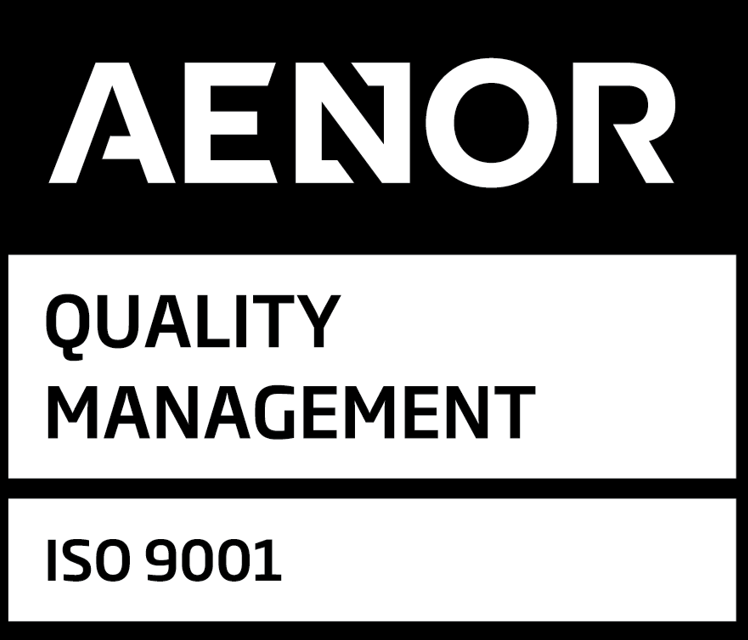The In Vitro Diagnostic Regulation (IVDR EU 2017/746) has redefined the requirements for bringing in vitro diagnostic (IVD) devices to the European market. Compared with the previous IVD Directive, most devices are now subject to higher classification, more rigorous oversight, and stricter evidence requirements.
At the heart of these new obligations lies the clinical performance study. To comply with IVDR, manufacturers must demonstrate that their devices perform safely and effectively in real-world conditions. The standard ISO 20916:2024 sets the benchmark for conducting these studies to recognised international good practice.
In this article, we’ll explore what clinical performance studies are, why they matter under IVDR, the role of ISO 20916, and how manufacturers can successfully run studies to secure CE marking and maintain market access.
What Is a Clinical Performance Study?
A clinical performance study is an investigation carried out to establish how an IVD performs using human specimens. Unlike laboratory-based analytical performance tests, clinical performance studies focus on real-world clinical outcomes:
- Does the device detect the intended condition accurately?
- Does it provide reproducible and reliable results in the target population?
- Is its performance clinically meaningful for diagnosis or monitoring?
In regulatory terms, clinical performance means the device’s ability to yield results that correlate with a specific clinical condition or physiological state. Under IVDR, Clinical Performance Studies provide essential evidence to confirm this performance.
Why Clinical Performance Studies Are Critical Under IVDR
The IVDR dramatically increases the need for robust clinical evidence:
- Higher device classification – Many IVDs previously self-certified under the IVD Directive now require Notified Body review.
- Performance evaluation requirements – Clinical performance is one of the three pillars of evidence (alongside scientific validity and analytical performance) outlined in IVDR Article 56.
- Regulatory approval and CE marking – Without a compliant Clinical Performance Study, manufacturers risk delays or refusal of certification.
- Market competitiveness – Strong clinical data builds confidence with regulators, clinicians, and end-users.
Put simply: no strong clinical evidence, no EU market access.
The Role of ISO 20916
ISO 20916 provides the internationally recognised framework for running Clinical Performance Study.
The standard sets out requirements across the study lifecycle, including:
- Planning: Protocol design, objectives, endpoints, sample size, and bias control
- Ethics: Protecting participant rights, safety, and data privacy in line with the Declaration of Helsinki and GDPR
- Conduct: Investigator qualification, site selection, specimen handling, and monitoring
- Data integrity: Ensuring quality, traceability, and Good Clinical Practice oversight
- Reporting: Producing structured, regulator-ready study reports
By following ISO 20916, manufacturers can ensure their Clinical Performance Study meet both IVDR requirements and global best practice. This reduces the risk of regulatory rejection.
Key Components of a Clinical Performance Study
1. Study Planning and Protocol Development
Every Clinical Performance Study begins with a comprehensive study protocol, which must define:
- Study objectives and endpoints.
- Target population and specimen types.
- Statistical methodology and sample size.
- Ethical and data protection considerations.
A strong protocol is the backbone of a successful Clinical Performance Study.
2. Regulatory and Ethical Approvals
Before starting, approvals must be obtained from:
- Ethics committees – Ensuring participant protection.
- Competent authorities – Depending on Member State requirements and risk of the study.
For example, interventional clinical performance studies require competent authority approval, whereas observational, non-invasive studies may only require ethics approval.
Timelines vary across the EU, so early planning is essential. MDx can act as your study legal representative in the EU.
3. Study Design Options
Common approaches include:
- Prospective studies – Collecting new samples directly from participants.
- Retrospective studies – Using existing, stored, or leftover samples.
- Multicentre studies – Increasing robustness and diversity of data.
The chosen design must reflect the device’s intended use and risk class.
4. Specimen Management
The validity of results depends heavily on proper specimen handling. ISO 20916 requires:
- Documented collection procedures.
- Controlled storage and transport.
- Full traceability from donor to result.
5. Data Capture and Monitoring
Accurate and reliable data is non-negotiable. Clinical Performance Study should use:
- Validated electronic data capture systems.
- On-site and remote monitoring.
- Independent oversight where appropriate.
6. Statistical Analysis
Predefined statistical methods must cover:
- Sample size calculations.
- Handling of missing or invalid data.
- Robust evaluation of endpoints.
7. Reporting and Submission
At study close, results are documented in a Clinical Performance Study Report (CPSR). This feeds into the Performance Evaluation Report (PER), a mandatory element of IVDR technical documentation reviewed by Notified Bodies.
Common Challenges in Running a Clinical Performance Study
Many manufacturers encounter obstacles, including:
- Navigating complex approval processes across different EU Member States.
- Recruiting enough suitable participants within target populations.
- Coordinating specimen collection, transport, and storage logistics.
- Addressing GDPR compliance for personal and health data.
- Aligning study expectations with Notified Bodies to avoid re-work.
Without careful planning, these issues can lead to costly delays.
Best Practices for Successful Clinical Performance Study
- Where possible, engage early with regulators and Notified Bodies to avoid surprises.
- Develop a robust protocol that anticipates operational and statistical challenges.
- Invest in investigator training to maintain study consistency.
- Implement real-time monitoring to catch issues before they escalate.
- Document everything thoroughly for audit readiness.
- Seek external expertise where internal resources are limited.
How a IVD MedTech CRO Adds Value
Running a compliant Clinical Performance Study is resource intensive. Partnering with a specialist consultancy like MDx CRO can help by:
- Designing protocols aligned with ISO 20916 and IVDR requirements.
- Managing submissions to ethics committees and competent authorities.
- Overseeing study conduct across multiple sites and geographies.
- Ensuring GDPR-compliant data management.
- Engaging with Notified Bodies through structured dialogues to align on expectations early.
Leading to faster approvals, stronger evidence, and smoother market access.
Concluding Remarks
Running a clinical performance study under IVDR is not just a regulatory box-ticking exercise, it is the foundation of market approval and long-term trust in your device. ISO 20916 provides the global standard for good study practice, ensuring that evidence is ethically gathered, scientifically robust, and regulator ready.
For IVD manufacturers, the journey can be challenging, but with the right planning and support, it becomes an opportunity to demonstrate value, accelerate approvals, and build credibility with clinicians and patients alike.
As an experienced full service IVD MedTech CRO partner, MDx helps companies design, conduct, and report clinical performance studies that meet both regulatory demands and business objectives. Whether you are preparing your first IVDR submission or adapting existing devices, our team provides the expertise and operational support you need to succeed.








